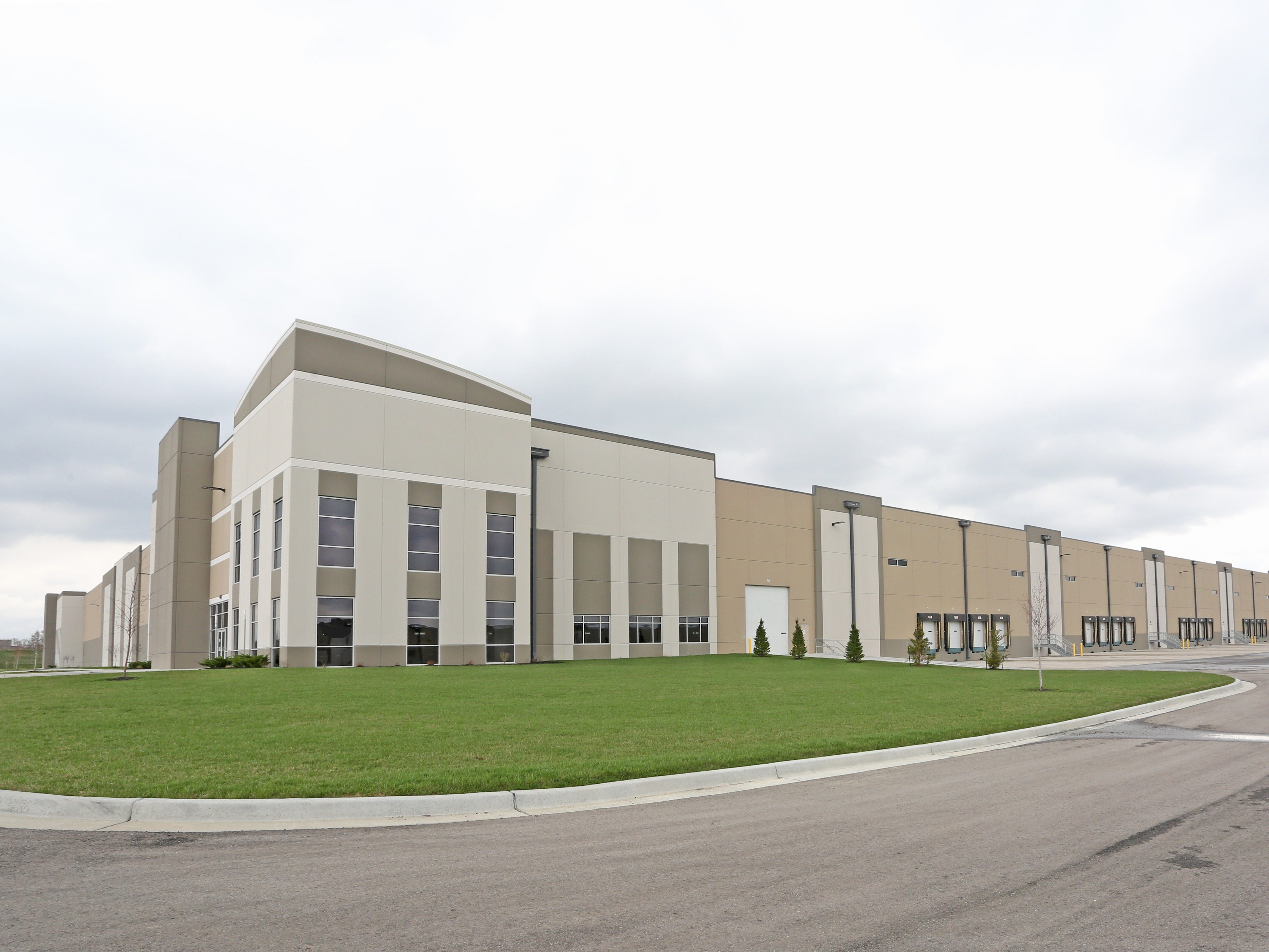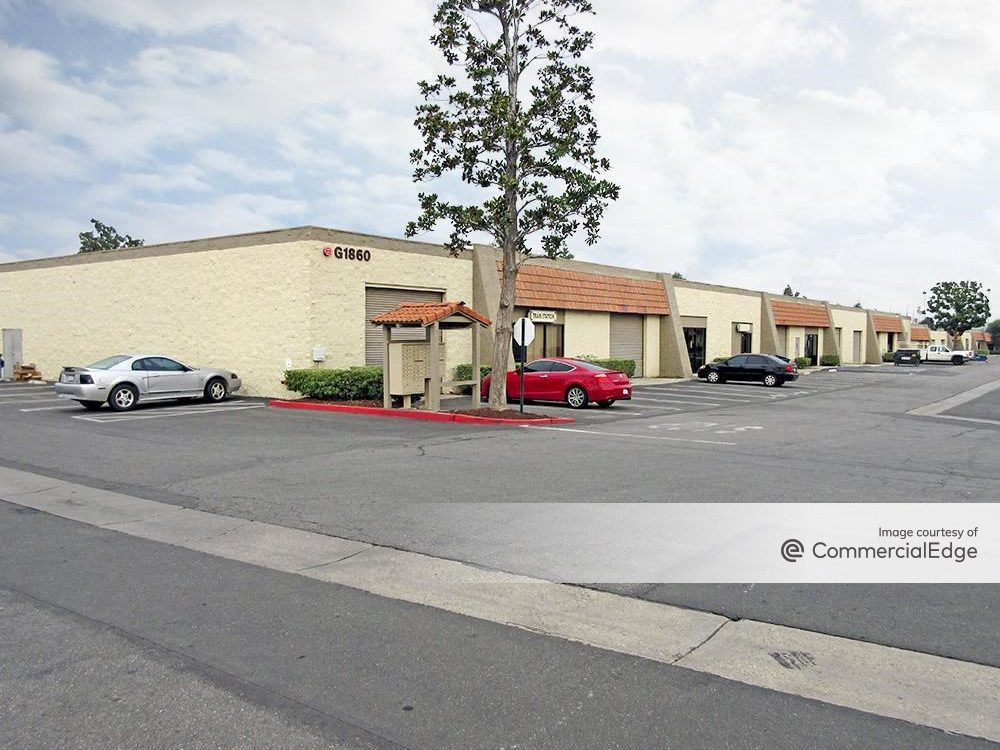Building Your CRE Project’s Capital Stack With Taxes
Developers in markets that offer C-PACE financing may be able to tap into additional incentives, write Richard Spore and Justin Starling of Bass, Berry & Sims PLC.

As municipalities have explored additional sources of funding for promising commercial real estate development or redevelopment projects that may not be economically viable without public support, some major cities, such as Atlanta and Richmond, have launched new Commercial Property Assessed Clean Energy financing programs that are poised to boost environmentally-friendly development in 2024. Many cites have leveraged CPACE programs, along with tax increment financing and payment in lieu of taxes transactions, to facilitate and encourage these CRE developments. While CPACE financing allows a CRE owner to obtain favorable nonrecourse financing for qualifying project costs using the property tax collection system, TIF and PILOT payment financing allow the CRE owner to utilize a portion of property taxes or PILOT payments to pay debt service on bonds or loans used to pay certain project costs.
As more markets introduce CPACE financing programs, developers in these markets should consider using these three funding sources as part of their capital stacks.
CPACE financing
CPACE legislation allows CRE owners to finance qualifying improvements through a special assessment on their property. CPACE financing can be used to pay for improvements that promote energy efficiency, renewable energy, and water conservation. Under CPACE, a participating local government imposes a special assessment on property that is used by the local CPACE program administrator to repay long-term, fixed rate CPACE financing used to pay for the qualifying improvements. The assessment is typically recourse only to the property and transfers automatically on a sale of the property (and thus need not be prepaid on sale or refinance). Billing, collection, and enforcement of CPACE assessments is typically handled in the same manner as property tax payments. In a period of low loan-to-value requirements by senior lenders, CPACE financing can reduce the amount of relatively more expensive equity or mezzanine debt required for a project. CPACE financing requires enabling state legislation and almost 40 states have now adopted CPACE rules.
Tax increment financing
TIF allows developers to utilize the increase in property taxes that results from a CRE project to pay for certain eligible costs of the project or to pay debt service on bonds issued or loans obtained for purposes of financing certain costs of the project. Under a TIF arrangement, the local city and county governments adopt a plan that allocates a portion of the incremental property taxes from a project—i.e., that portion of the property taxes from a project in excess of the taxes that were being assessed pre-development—to a governmental nonprofit entity with authority to effect TIF transactions, usually an industrial development board, housing authority, or redevelopment agency (the TIF Authority), which then makes the incremental property taxes available to the developer to pay for such eligible costs. The term of this TIF allocation is usually 20-30 years.
The TIF Authority can issue bonds or obtain a loan for purposes of paying such eligible cost of the project. The bonds or loan are repaid from the incremental property taxes allocated to the TIF Authority but are otherwise non-recourse to the TIF Authority. The types of costs that are eligible for TIF depend on the TIF Authority through which the TIF is structured. For example, TIF through an industrial development board can typically pay for roads, utility lines, parking structures, and other public infrastructure, and TIF through a housing or redevelopment agency can typically pay for the cost of eliminating blight and providing affordable housing. By financing a portion of the project costs with property taxes, TIF allows developers to reduce their overall equity or debt requirements for a CRE project.
Payments in lieu of taxes
PILOT transactions allow for an abatement of property taxes, commonly known as a “tax freeze.” In a PILOT transaction, the developer transfers ownership of a CRE project to a governmental nonprofit entity with authority to effect PILOT transactions, usually an industrial development board or a health, education, and housing board (the PILOT Authority), which is exempt from local property taxes. The PILOT Authority then leases the project back to the developer under at PILOT lease. The rent due from the developer under the PILOT lease consists of “payments in lieu of taxes” equal to the property taxes due on the property at its current assessed value (the PILOT Payments), and because the PILOT Authority is exempt from property taxes, the developer does not pay property taxes on the increase in assessed value that results from the development during the term of the PILOT lease (which is usually 10-20 years). The PILOT Payments are billed and collected by the local taxing authorities in the same manner as regular property taxes, but otherwise the developer pays no property taxes. By freezing the property taxes at the pre-development assessment, a PILOT transaction can reduce the tax burden of a project and increase its net operating income.
Rather than realizing savings on property taxes over the term of a PILOT lease, a developer may also utilize a PILOT transaction as a source for up-front capital for a project. Under this structure, the developer agrees to pay to the PILOT Authority rent equal to the difference between (x) the taxes that would otherwise be due if the project were not receiving a tax abatement and (y) the PILOT Payments due under the PILOT lease (the PILOT Rents). These PILOT Rents can then be used as a source of repayment for bonds or other debt issued by the PILOT Authority to pay for costs of the project (similar to the structure of TIF).
Pulling it all together
Each CRE project is unique, and the optimal property tax incentive or combination of incentives will vary from project to project, but here a few considerations. Any development that requires significant new or improved public infrastructure is a good candidate for TIF or PILOT Rents financing. PILOT Rents financing could also be used for projects that do not require significant public infrastructure improvements but that have other economic constraints (e.g., location in a difficult development area). Note that TIF and PILOT incentives cannot be combined in a single project, since PILOT incentives involve removing the property from the tax rolls, thereby eliminating any incremental property taxes that could be used for TIF. CPACE financing, however, can be combined with PILOT and TIF incentives and is a good addition to the capital stack for any project that involves energy-efficient improvements. Developers in municipalities that have made these sources of public funding available should consider utilizing them to facilitate CRE developments in the coming years.
Richard R. Spore and Justin Starling are members at Bass, Berry & Sims PLC in its Memphis, Tenn., office. Spore advises clients in commercial real estate and lending transactions and advises developers on a variety of development projects and public/private partnerships, including various payment-in-lieu-of-taxes matters. Starling advises clients on complex commercial real estate and financial transactions, including acquisitions, dispositions, and development and redevelopment projects.







You must be logged in to post a comment.